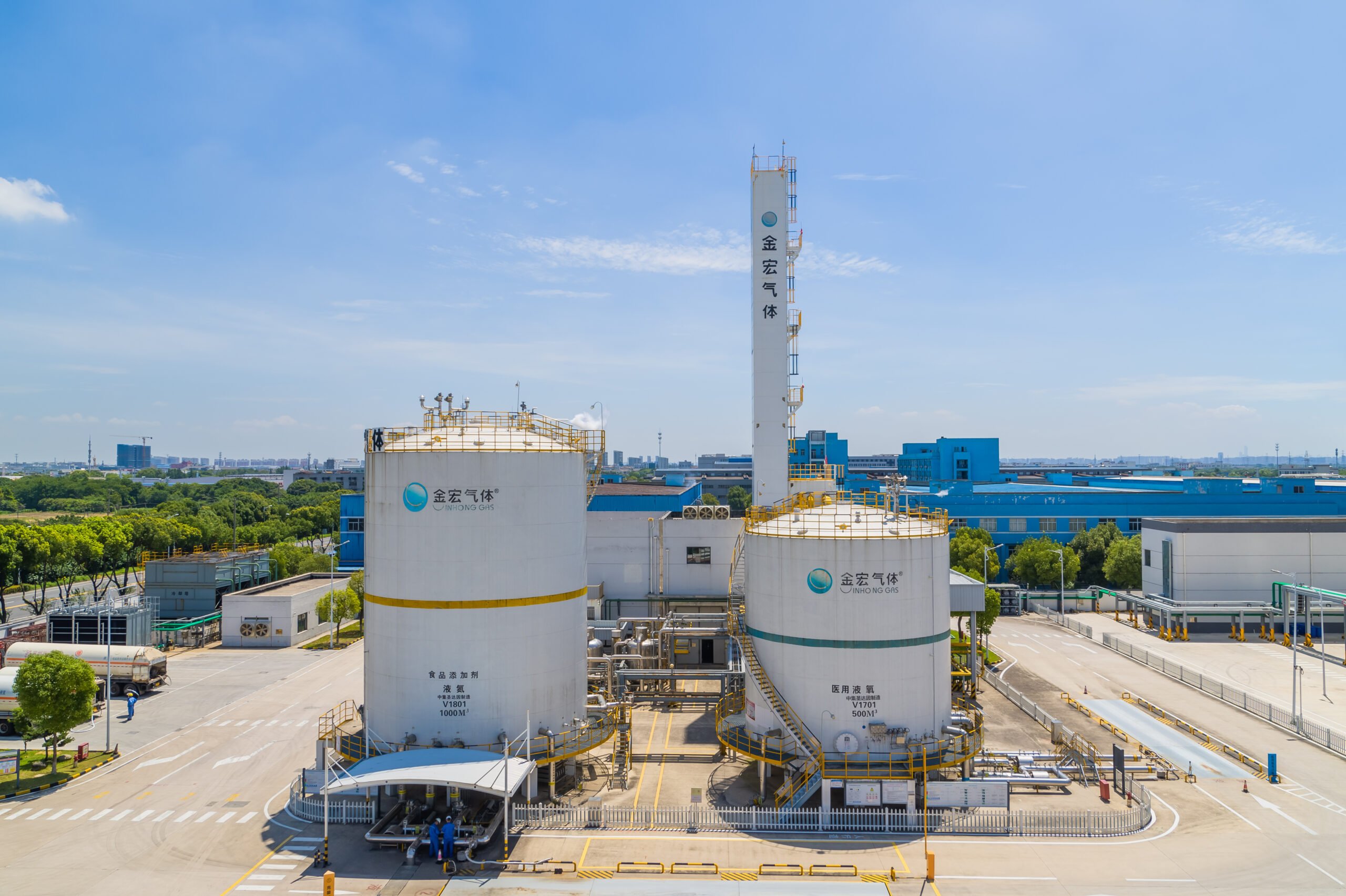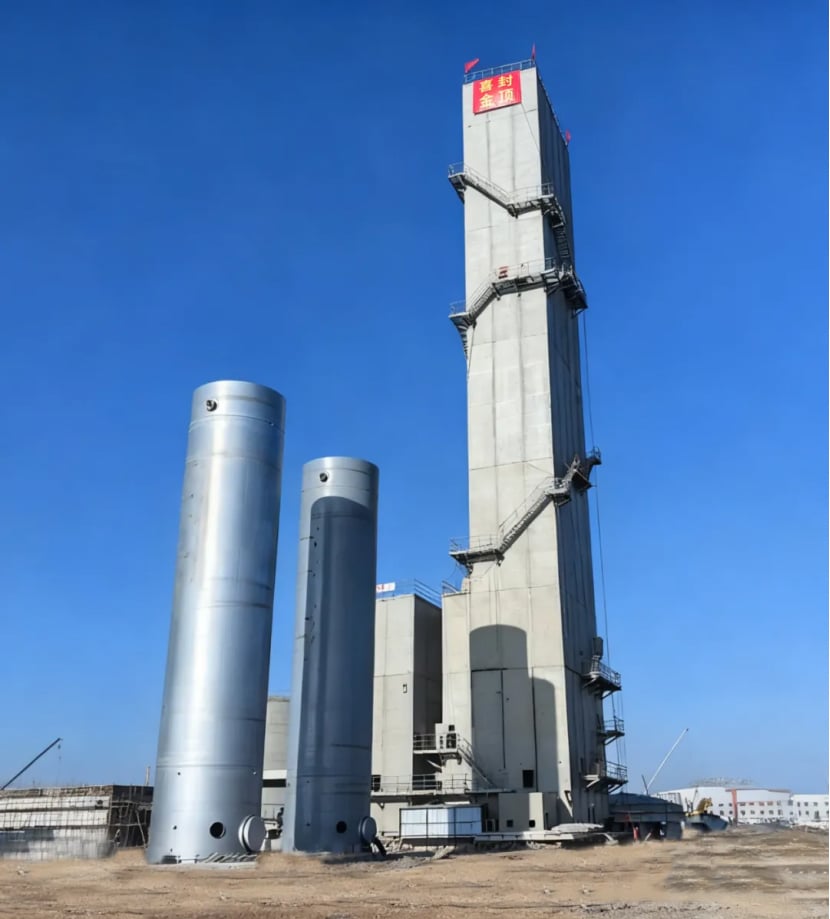What Is Shielding Gas Argon?
Shielding gas argon is a widely used inert gas in welding, especially for TIG and MIG processes. It protects the weld area from atmospheric gases like oxygen, nitrogen, and moisture that could cause oxidation or porosity.
Due to its stable, non-reactive nature, argon ensures a clean arc and smooth weld appearance. This makes it a popular choice in industries requiring precision, such as aerospace, automotive, and manufacturing.
There are 50 trillion tonnes of argon swirling around in the Earth’s atmosphere and this has slowly built-up over billions of years, almost all coming from the decay of the radioactive isotope potassium-40 which has a half-life of 12.7 billion years. Although argon makes up 0.93% of the atmosphere it evaded discovery until 1894 when the physicist Lord Rayleigh and the chemist William Ramsay identified it. In 1904 Rayleigh won the Nobel Prize for Physics and Ramsay won the Nobel Prize for Chemistry for their work.
Why Use Argon as a Shielding Gas?
Argon provides several key advantages during welding:
- Stable arc: Argon maintains a consistent and focused arc, improving control.
- Minimal spatter: It produces less weld spatter, reducing cleanup time.
- Cleaner welds: Argon prevents contamination, leading to better weld quality.
- Versatility: Suitable for a variety of metals including aluminum, stainless steel, and titanium.
When used correctly, shielding gas argon improves productivity and reduces weld defects.
Common Applications
1. TIG (GTAW) Welding
Argon is the standard shielding gas for TIG welding. It works well with:
- Thin metals
- Aluminum and stainless steel
- Critical joints that require high precision
2. MIG (GMAW) Welding
Pure argon is less common in MIG welding, but argon mixtures are widely used. A common blend is 75% argon and 25% CO₂ for carbon steel. These mixtures balance penetration, arc stability, and spatter control.
3. Plasma Cutting and Welding
In plasma processes, argon ensures a stable and narrow arc, especially useful in cutting thin metal sheets or welding exotic alloys.
Choosing the Right Argon Mix
Different applications require different argon mixtures:
- Pure Argon (100%) – Best for TIG welding aluminum and non-ferrous metals
- Argon/CO₂ Mix (75/25) – Common for MIG welding mild steel
- Argon/Oxygen Mix (95/5) – Enhances arc characteristics for spray transfer
- Argon/Helium Mix – Increases heat input, good for thick materials or high-speed welding
Always check your material type and welding method before choosing a shielding gas argon blend.
How to Handle Argon Safely
Even though argon is inert and non-toxic, it displaces oxygen in confined spaces. Follow these safety tips:
- Store cylinders upright and secured
- Use pressure regulators designed for argon
- Ensure good ventilation in the workspace
- Never attempt to refill cylinders yourself—use certified suppliers
Safety practices protect both welders and equipment during regular operations.
Cost of Shielding Gas Argon
The price depends on:
- Purity level
- Cylinder size
- Blend type (pure vs mixed)
- Supplier location and service
On average, a medium-sized cylinder of pure argon costs $30–$60 to refill. Mixtures may vary slightly depending on gas ratios.
Conclusion
Shielding gas argon is essential for achieving high-quality welds. Whether you’re welding stainless steel, aluminum, or specialty metals, argon delivers the consistency and cleanliness required in modern fabrication. By selecting the right blend and following safety protocols, you can boost efficiency and reduce rework in every welding project.




